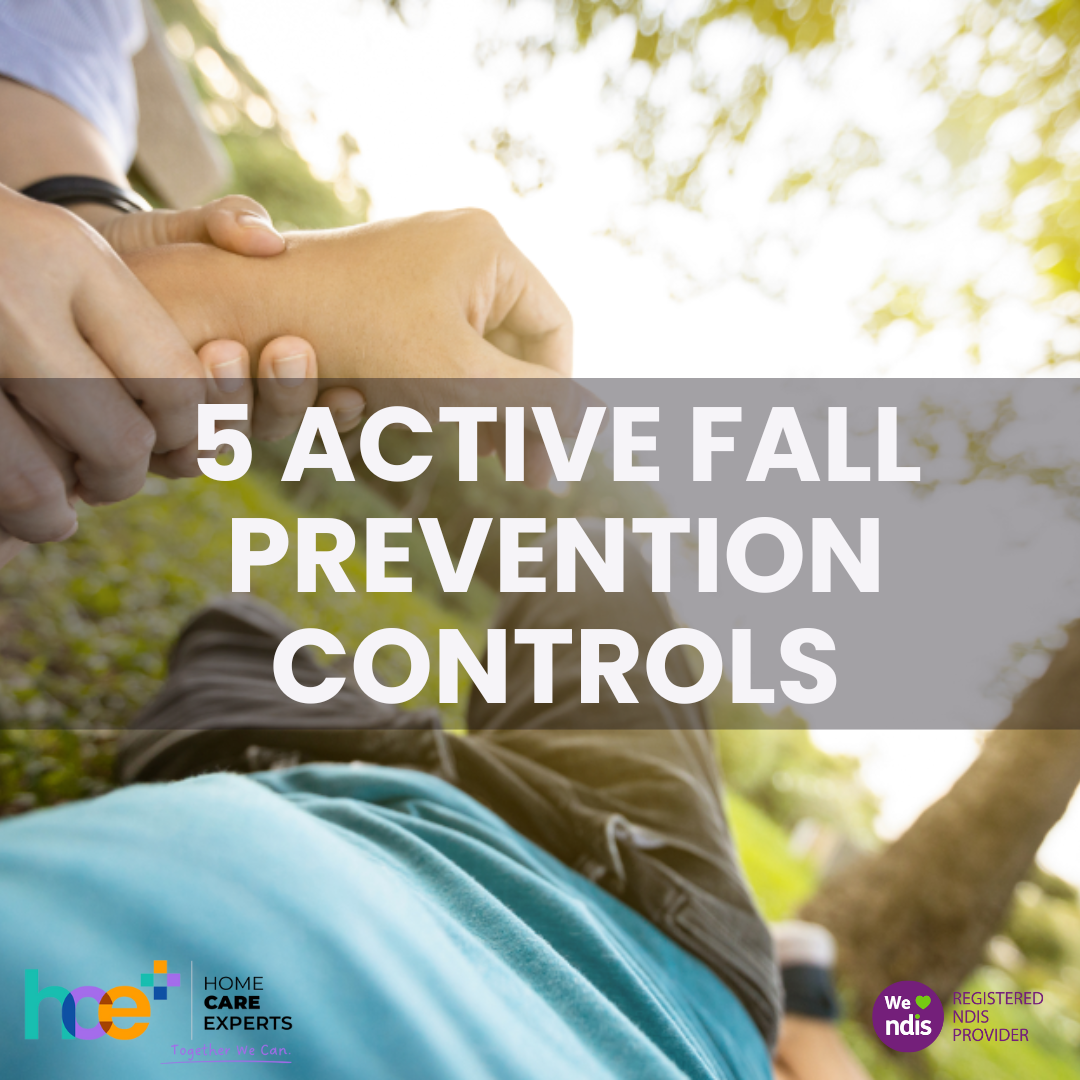
According to data from the Australian Centre for Disease Control (CDC), falls are the leading cause of injury-related hospitalizations and fatalities in Australia. They account for 42% of hospital admissions due to injury and 40% of injury-related deaths. The impact of falls extends beyond physical harm, as the fear of falling again can lead individuals to avoid certain activities. Experts warn that this fear is justified, as experiencing one fall doubles the likelihood of another. Therefore, it is vital to proactively address fall prevention to safeguard the safety and well-being of individuals.
In this article, we will delve into five measures that can be implemented immediately to protect both yourself and others from the physical, emotional, and financial repercussions of falls.
1. Creating a Safe Environment
Whether it’s a slippery floor, unstable stairs, or exposed electrical cords, many common causes of falls are easily noticeable. That’s why the first step in fall prevention is to create a safe environment, whether it’s in your home or workplace. It doesn’t necessarily require a major renovation. With just a few simple changes, you can significantly reduce the risk of falls. Basic adjustments such as decluttering, ensuring proper lighting, and installing grab bars and handrails can have a significant impact. Surfaces prone to becoming slippery when wet, such as bathtubs, showers, kitchens, bathrooms, and porches, pose particularly high risks. To prevent falls on these slick surfaces, consider investing in nonslip mats.
2. Promoting Strengths and Balance for Staff & Participants
Research indicates that participating in consistent exercise regimens aimed at enhancing strength, flexibility, and balance can notably decrease the likelihood of experiencing falls. Encourage both staff and participants to initiate basic activities like walking to bolster muscle strength and enhance stability. Various community centers, fitness facilities, and healthcare systems provide tailored exercise programs tailored for older individuals to mitigate fall risks. However, it’s important to be mindful of individuals at higher risk and advise them to seek guidance from their healthcare provider before commencing any exercise regimen.
3. Assistive Devices and Aids
An assistive device refers to any product designed to facilitate daily activities for individuals prone to falls. These products span a wide range, from basic plastic tools to advanced solutions like mobility aids, canes, walkers, and wheelchairs. Additionally, installing fixtures such as grab bars in bathrooms and handrails on stairs can further improve safety and reduce the risk of falls.
4. Compliance and regular internal audit
Consider establishing a fall prevention policy and procedure. Many industries, including healthcare, construction, and manufacturing, have regulatory requirements regarding fall prevention. Establishing a policy and procedure helps organisations comply with these regulations, ensuring they meet the necessary standards and avoid penalties or legal issues. To verify the effectiveness of your processes, conduct regular NDIS Internal Audit to validate your compliance.
5. Reporting Hazards and Near misses
Regularly performing risk assessments to pinpoint potential hazards and problematic areas is another vital component of fall prevention. Encourage both staff and participants to promptly report any hazards or near misses they encounter. Whenever a fall hazard or near miss incident is identified, it should be reported immediately and thoroughly investigated to prevent future occurrences.
Here are some examples to assist you in identifying hazards and near misses:
Examples of Fall Hazards:
– Surfaces that are slippery or uneven (such as wet floors, icy pathways, or loose carpets)
– Walkways that are cluttered or obstructed by objects or debris
– Lack of handrails or grab bars, or those that are inadequate
– Furniture, equipment, or fixtures that are improperly secured or unstable
– Insufficient training or lack of knowledge regarding safe work practices
– Absence or improper utilization of personal protective equipment (PPE)
– Changes in floor elevation that are unmarked or poorly marked.
Examples of Near Miss Falls:
– Almost tripping on uneven pavement but managing to regain balance
– Nearly slipping on a wet floor but grabbing onto a nearby railing to prevent a fall
– Momentarily losing footing on a ladder but being assisted by colleagues to maintain stability
– Stumbling over cluttered objects in a hallway but quickly recovering balance
– Almost tripping over a loose carpet but adjusting steps to avoid falling
– Nearly slipping on a wet bathroom floor but quickly grabbing onto the sink to prevent a fall.
In a context where falls represent the primary cause of hospitalization and mortality, prioritizing fall prevention equates to prioritizing injury prevention. By placing safety at the forefront, recognizing and mitigating potential hazards, and implementing the proactive measures we’ve discussed today, we pave the way for a safer and more fulfilling future for ourselves and our loved ones.
Reference from LMS TRG

